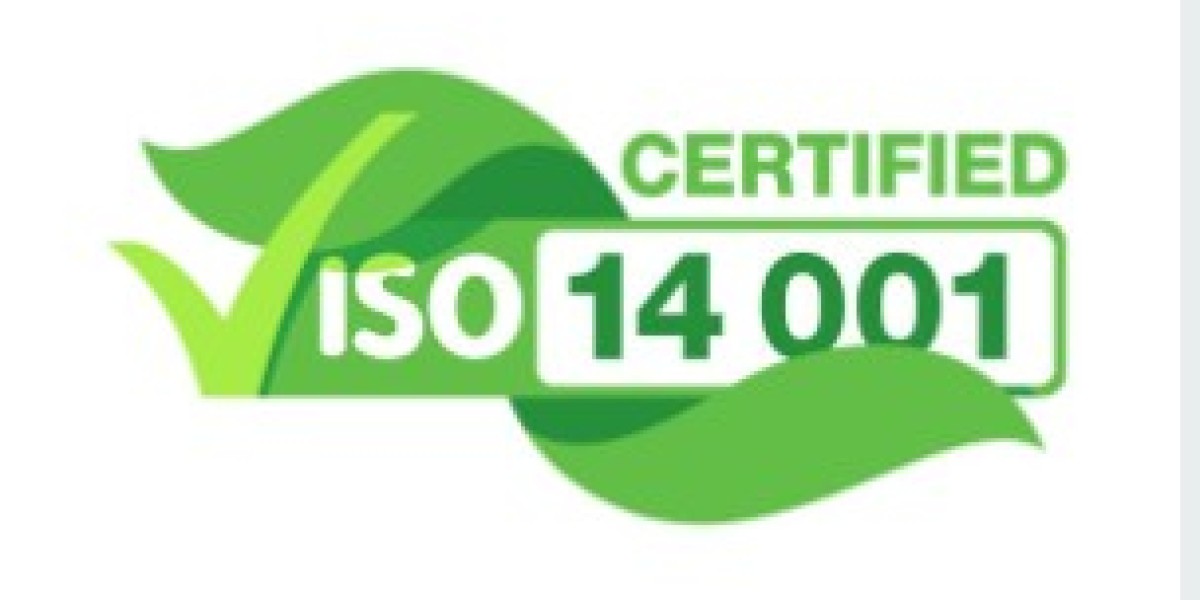Introduction to ISO 14001
ISO 14001 is an internationally recognized standard that outlines the requirements for an effective Environmental Management System (EMS). It provides a framework that organizations can follow to manage their environmental responsibilities in a systematic manner, thereby contributing to environmental sustainability while achieving their business goals.
Key Elements of ISO 14001
1. Environmental Policy
An organization must establish and communicate its environmental policy, which should include a commitment to compliance with applicable legal requirements and continual improvement of environmental performance.
2. Planning
This involves identifying environmental aspects of the organization's activities, products, and services that can interact with the environment. Organizations must also establish objectives and targets to address significant environmental aspects.
3. Implementation and Operation
Implementing an EMS requires defining roles, responsibilities, and authorities within the organization. It also involves ensuring competence, training, and awareness among employees regarding environmental issues.
4. Checking and Corrective Action
Monitoring, measurement, and evaluation of the EMS are essential to ensure it is effective and achieving its objectives. Non-conformities and corrective actions must be addressed promptly to prevent recurrence.
5. Management Review
Top management must review the EMS at planned intervals to ensure its continuing suitability, adequacy, and effectiveness. This review process helps to drive continual improvement.
Benefits of Implementing ISO 14001
Environmental Benefits
- Reduction in environmental impact through improved resource efficiency and waste reduction.
- Enhanced environmental performance leads to better compliance with environmental regulations and standards.
Economic Benefits
- Cost savings through improved efficiency in resource use and waste management.
- Enhanced corporate image and market reputation, leading to potential competitive advantage and improved stakeholder relations.
Social Benefits
- Increased awareness and engagement of employees regarding environmental issues.
- Contribution to sustainable development goals and improved community relations.
Conclusion
ISO 14001 provides a structured approach for organizations to manage their environmental responsibilities effectively. By implementing and maintaining an EMS based on this standard, organizations can achieve environmental sustainability goals while reaping economic and social benefits. Continual improvement is at the core of ISO 14001, ensuring that organizations adapt to changing environmental challenges and stakeholder expectations over time.








